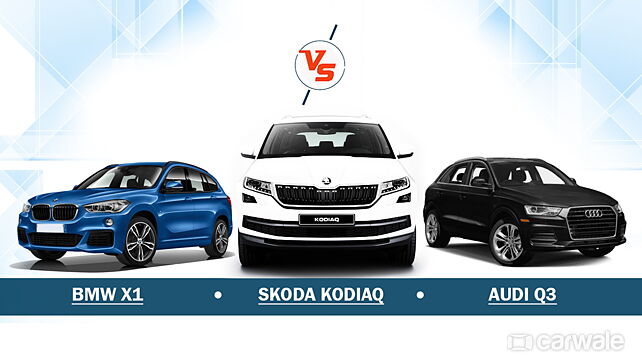
Skoda’s first seven-seat SUV, the Kodiaq, has finally marked its presence in India at a price of Rs 34.49 lakhs (all-India, ex-showroom). However, this new product from Skoda has two strong competitors, namely the BMW X1 and the Audi Q3, which are almost similarly priced. The Kodiaq, however, has the advantage of possessing a seven seat configuration unlike the other two models which five seaters only.
In terms of design, all three cars carry their traditional design language. The Kodiaq gets wide three-dimensional radiator grille, LED headlamps, neat and muscular lines on the sides and a neatly sculpted tailgate. The front fascia of the BMW X1 features a protruding front grille with its traditional kidney shape and circular headlamps with LED DRLs. Its sporty look is emphasized by the plastic cladding, a roof-mounted spoiler, sloping roofline, wrap-around tail lamps and dual exhaust pipes. The Audi Q3 gets the conventional Audi styling with a large hexagonal grille taking centre-stage with the chrome four-ring logo. The headlamps are styled like the A4 sedan and are now LED units with signature LED daytime running lamps. Amongst the entry-level premium luxury SUVs, the Q3 is the largest in its segment and the size is accentuated by the tall stance and the slightly flared wheel arches.
The Kodiaq’s cabin is a mix of the new generation Octavia and the Superb sedans. Along with premium upholstery, panoramic sunroof and an eight-inch infotainment system, the vehicle gets dual-zone climate control with separate blowers for the rear seats and an auto-dimming interior mirror. The BMW X1 also gets premium upholstery along with a choice of a 6.5-inch or 8.5-inch display. Additionally, it gets the customary dual-zone climate control, cruise control, electrically operated sunroof and electrically adjustable and retractable mirrors befitting its segment. The Audi Q3 gets premium leather upholstery and three-zone climate control. The dashboard features a waterfall centre console with a display screen for the infotainment system that is operated through the fob or the steering mounted controls.
Mechanically, the Kodiaq is powered by a 2.0-litre diesel engine mated to a DSG automatic gearbox and AWD system. The 2.0-litre turbo-diesel produces 146bhp of power at 3500rpm and 340Nm of torque at 1750rpm. The engine is mated to a seven-speed DSG transmission and also gets AWD system. BMW X1 is offered with the 2.0-litre four-cylinder turbocharged diesel engine that develops 188bhp of power and 400Nm of torque. The petrol version of the BMW X1 gets a 2.0-litre engine which generates 189bhp at 5000rpm and 280Nm of torque and 1250rpm. It comes mated to an eight-speed Steptronic automatic gearbox and also gets the X-drive all-wheel-drive option. The Audi Q3 gets a 2.0-litre four cylinder turbocharged diesel engine that generates 180bhp of power for the all-wheel-drive models while it pumps out 150bhp for the 2WD cars. The petrol Q3 gets a 1.4-litre engine which generates 148bhp of power at 5000rpm and 250Nm of torque at 1500rpm. It gets six and seven-speed automatic gearbox options.
In the Indian market, the Kodiaq is limited to a diesel engine option, while the other two are available in petrol as well as diesel engine options. The Kodiaq is available only in one fully loaded top-of-the-line Style variant. However, the Kodiaq is also the only one among them offer a seven seat option. The BMW X1 is a good choice for those who are more performance biased. The Audi Q3 has something for everyone - the all-wheel drive variant is for the adventure seeker, and the 2WD variant for the people with simple tastes. Mercedes-Benz GLA is also similarly priced, however due to a crossover bodystyle it is rather unfair to compare it with the SUVs. The Kodiaq offers a fine balance between power and convenience, which makes it a good choice for commuting within city or wandering on unknown roads.

![Skoda Kodiaq [2017-2020] Image Skoda Kodiaq [2017-2020] Image](https://imgd.aeplcdn.com/272x153/cw/ec/24294/Skoda-Kodiaq-Right-Front-Three-Quarter-108846.jpg?wm=0&q=80)
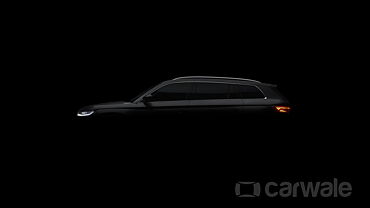
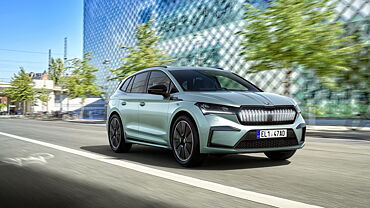


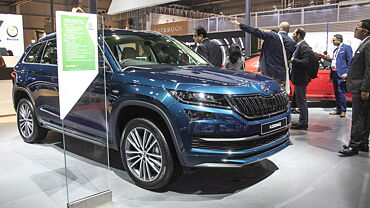


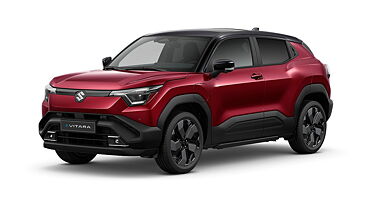


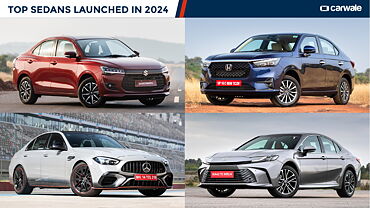
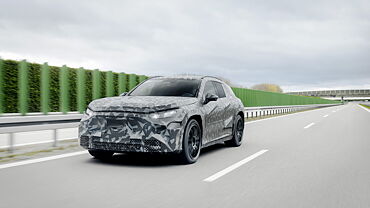

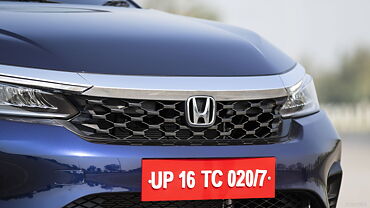

![Skoda Kodiaq [2017-2020] Right Front Three Quarter Skoda Kodiaq [2017-2020] Right Front Three Quarter](https://imgd.aeplcdn.com/199x112/cw/ec/24294/Skoda-Kodiaq-Right-Front-Three-Quarter-108846.jpg?v=201711021421&q=80)
![Skoda Kodiaq [2017-2020] Right Rear Three Quarter Skoda Kodiaq [2017-2020] Right Rear Three Quarter](https://imgd.aeplcdn.com/199x112/cw/ec/24294/Skoda-Kodiaq-Right-Rear-Three-Quarter-140395.jpg?wm=0&q=80)
![Skoda Kodiaq [2017-2020] Exterior Skoda Kodiaq [2017-2020] Exterior](https://imgd.aeplcdn.com/199x112/cw/ec/24294/Skoda-Kodiaq-Exterior-108698.jpg?v=201711021421&q=80)
![Skoda Kodiaq [2017-2020] Dashboard Skoda Kodiaq [2017-2020] Dashboard](https://imgd.aeplcdn.com/199x112/cw/ec/24294/Skoda-Kodiaq-Dashboard-140396.jpg?wm=0&q=80)
![Skoda Kodiaq [2017-2020] Interior Skoda Kodiaq [2017-2020] Interior](https://imgd.aeplcdn.com/468x263/n/cw/ec/24294/skoda-kodiaq-interior7.jpg?q=80)



























